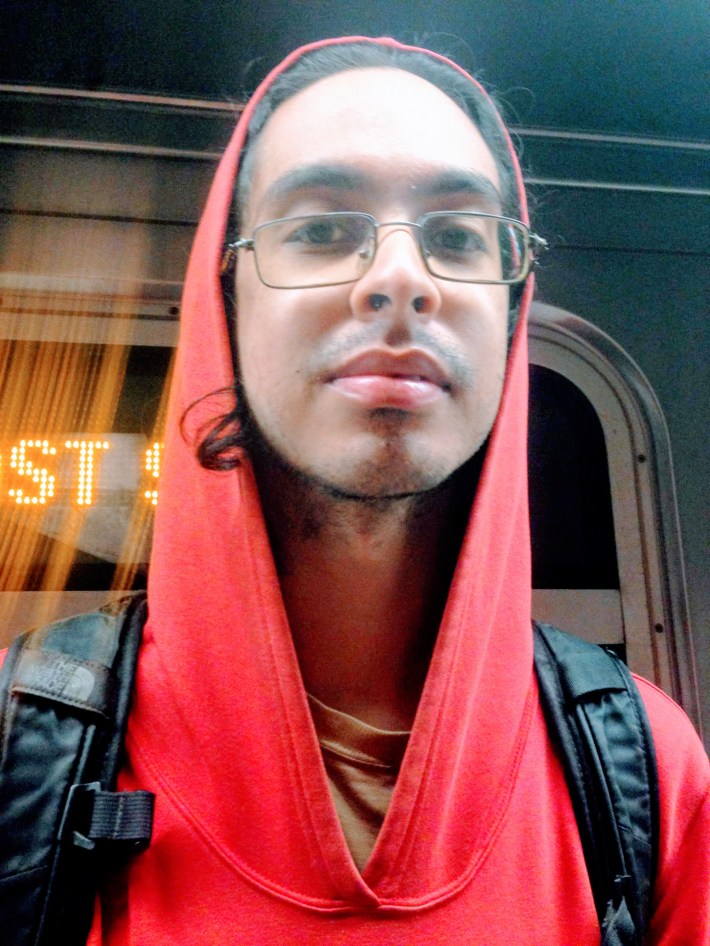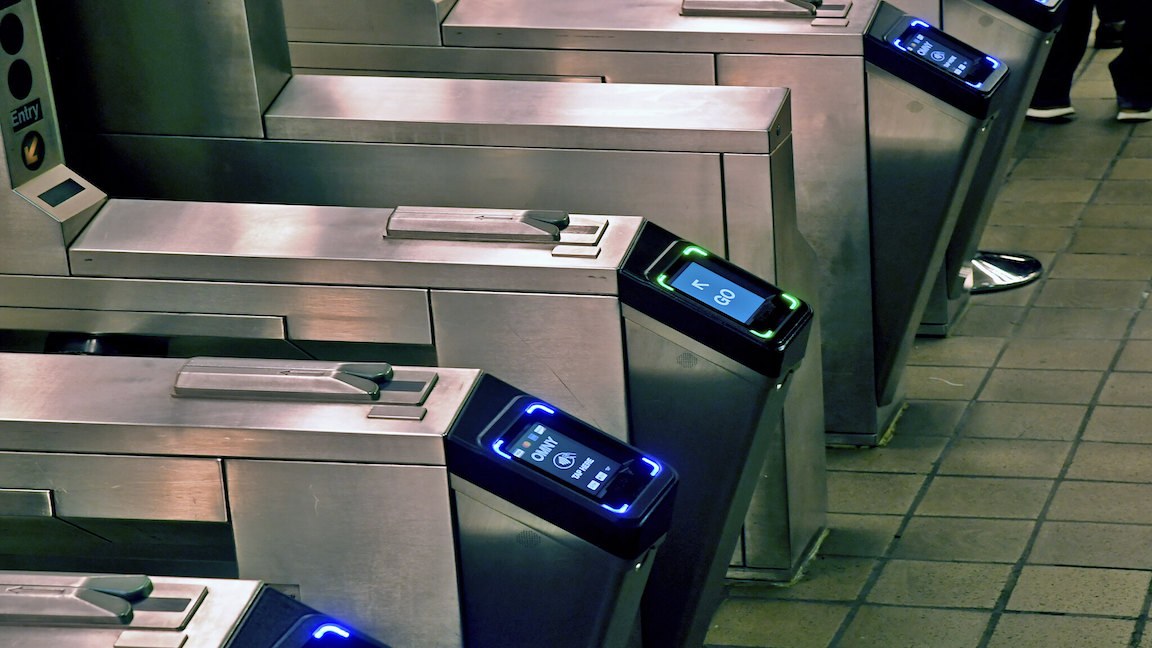Gov. Hochul’s all-out effort to find money to replace the congestion pricing-sized hole in the MTA capital plan is an unnecessary rehash of a debate state legislators settled nearly six years ago. If the governor wants to do the MTA — and riders — a favor, she should use the money she finds to instead boost MTA operations.

Hochul has said she’s “massaging” plans to fund MTA's $15-billion capital budget without congestion pricing tolls, which she claims pose an undue financial strain on working class New Yorkers.
But working class New Yorkers deserve well-funded MTA operations, too — and Hochul’s self-inflicted need to find capital money to replace congestion pricing revenue threatens that.
As I wrote in a prior piece, congestion pricing will not put a squeeze on working class New Yorkers like me. Drivers, who on average earn more than their transit-using neighbors, can afford the tolls. There are one-seventh as many drivers as transit riders entering the congestion zone daily. And those drivers today feel the squeeze of incessant gridlock, while everyone else deals with the toxins, noise, and blocked crosswalks caused by cars and trucks — on top of the consequences of decades of transit disinvestment: broken (or non-existent) elevators, 80-year-old signals, aging subway cars with faulty air conditioning, and commuter rail fares that are higher than the proposed congestion toll.
However, unlike with the MTA capital budget, which covers larger projects that directly address the transit issues above, congestion pricing funds will not go to the operating budget, which pays for things like more frequent buses and trains and helps keep fares low. This is where the funds Hochul is currently hoping to dig up would come in handy — not a capital program that the state figured out how to pay for six years ago.
And unlike with capital projects, which will take years for riders to finally enjoy the benefits of, every rider will quickly feel the impact of more affordable and frequent buses and trains as soon as it's properly funded.
After “pausing” congestion pricing, Hochul found $54 million to avoid delays to the Second Avenue Subway extension project. More funding sources are out there: Another $5.5 billion could come from divesting from six planned highway widenings within New York City highlighted by New Yorkers for Transportation Equity in their report "New York's Highway Heist".
Canceling this "Dirty Half-Dozen" would also help New York live up to another piece of legislation: the Climate Leadership and Community Protection Act, which says the state’s carbon emissions must drop 85 percent by 2050. COVID has actually set us further away from that goal, thanks in part to a 15 percent increase in vehicle miles traveled from 2019 to 2024. City residents and suburban commuters alike feel the consequences of this every day, so urgent action in the form of fewer highways (and higher tolls) is necessary.
Free buses
What is possible with a well-funded operating budget?
For one, every bus ride in New York City could go fare-free for just under $800 million, according to Assembly Member Zohran Mamdani and State Sen. Michael Gianaris, two state-level proponents of free buses.
If Gov. Hochul believes that $15 is "just too high" of a daily fare for drivers, who are generally wealthier than transit users, then surely she will have sympathy over people in the lowest-income brackets paying $2.90 subway and bus fares multiple times a day. Take away fares, and working individuals and families unlock greater access to schools, parks, medical appointments, and other quality of life needs without it hitting their wallets. It would also unlock longer distances on trips with two or more transfers that now cost $5.80 one-way.
Six-minute service
Even better: The MTA only needs $250 million to run every subway line and the top 100 bus lines every six minutes every day, seven days a week, according to Riders Alliance.
All riders, no matter their income, ability, or time of day, will feel the difference of wait times six minutes or less, especially when making transfers — which often saddle commuters with long, long waits today. Advocates including the Effective Transit Alliance estimate that this will even end up paying for itself by attracting ridership and, thus, fares.
Six-minute service would also provide relief for riders as the city faces increasingly intense heat. Transportation Alternatives and NASA recently showed why waiting for the bus in NYC is hot and miserable; their report’s fifth recommendation was to "maintain rush-hour bus service all day on priority routes on days of extreme heat." Commuters on subway platforms also feel the heat, as Riders Alliance pointed out in its September 2022 report, “Six Reasons New Yorkers Need #6MinuteService on Subways and Buses: an Issue Brief for Governor Kathy Hochul.”
Commuter rail at subway fares
Finally, the MTA should bring the cost of Metro-North and Long Island Rail Road tickets in line with subway and bus fares — which former Comptroller Scott Stringer estimated back in 2018 would cost just $50 million annually (or about $63 million today adjusted for inflation).
I've written once or twice before about how much of a difference affordable commuter rail would make for those of us living in the furthest reaches of Queens and the Bronx, where commute times could be slashed by more than half if the railroads were more affordable.
It’s true Hochul now needs to find billions more dollars to fund the MTA’s next capital plan, which authority board members approved at a price tag of $68 billion this week. But two of the three strategies I’ve laid out would end up paying for themselves over time — they just need a starting boost.
Hochul can stand up for hard working New Yorkers by, as she put it last month, "massaging" new funding streams by funding the next capital plan and increasing MTA operating subsidies — not by using the money she fines to replace congestion pricing.
The next steps are clear: activate the tolls, defund highway expansions and fund affordable and frequent transit.






